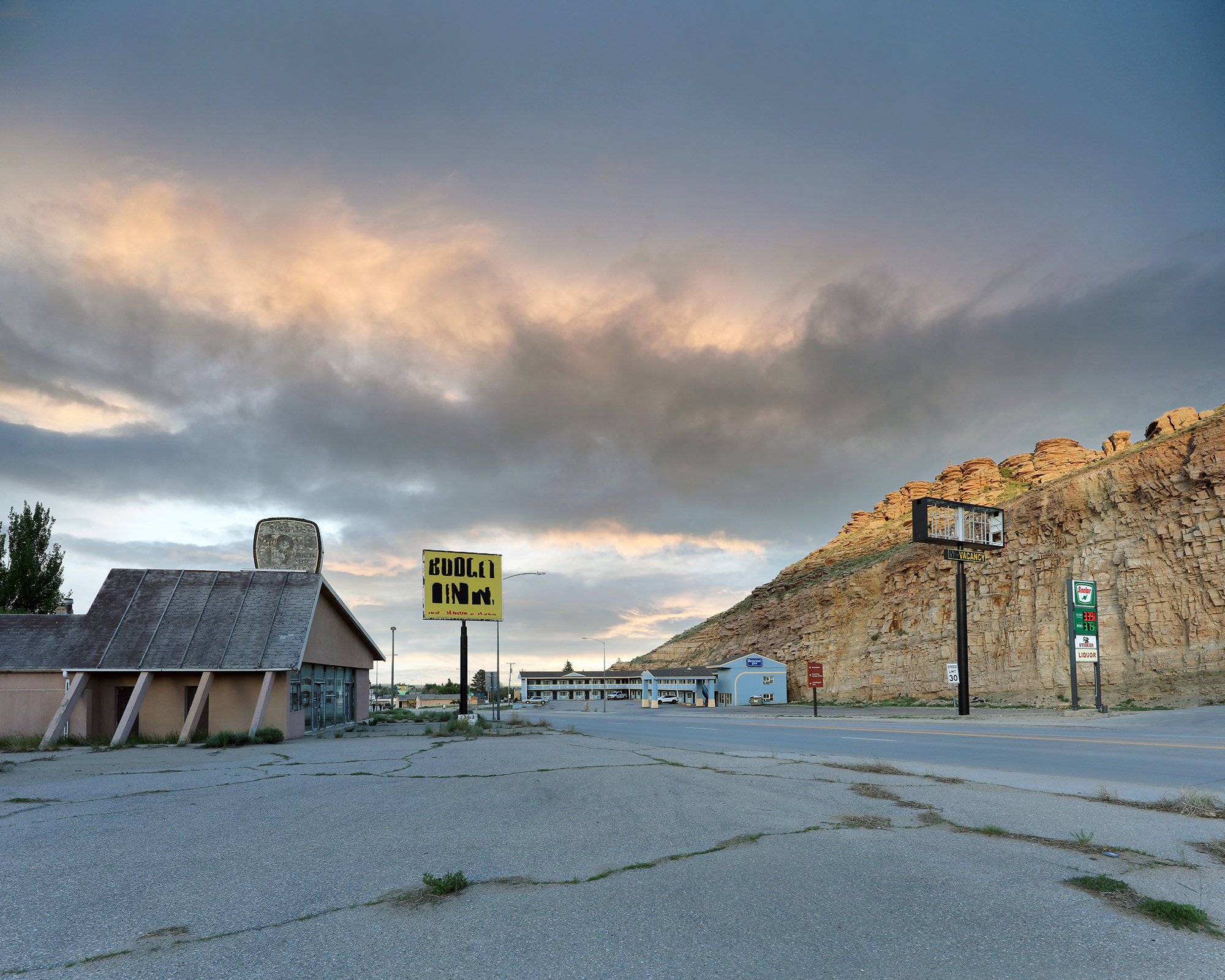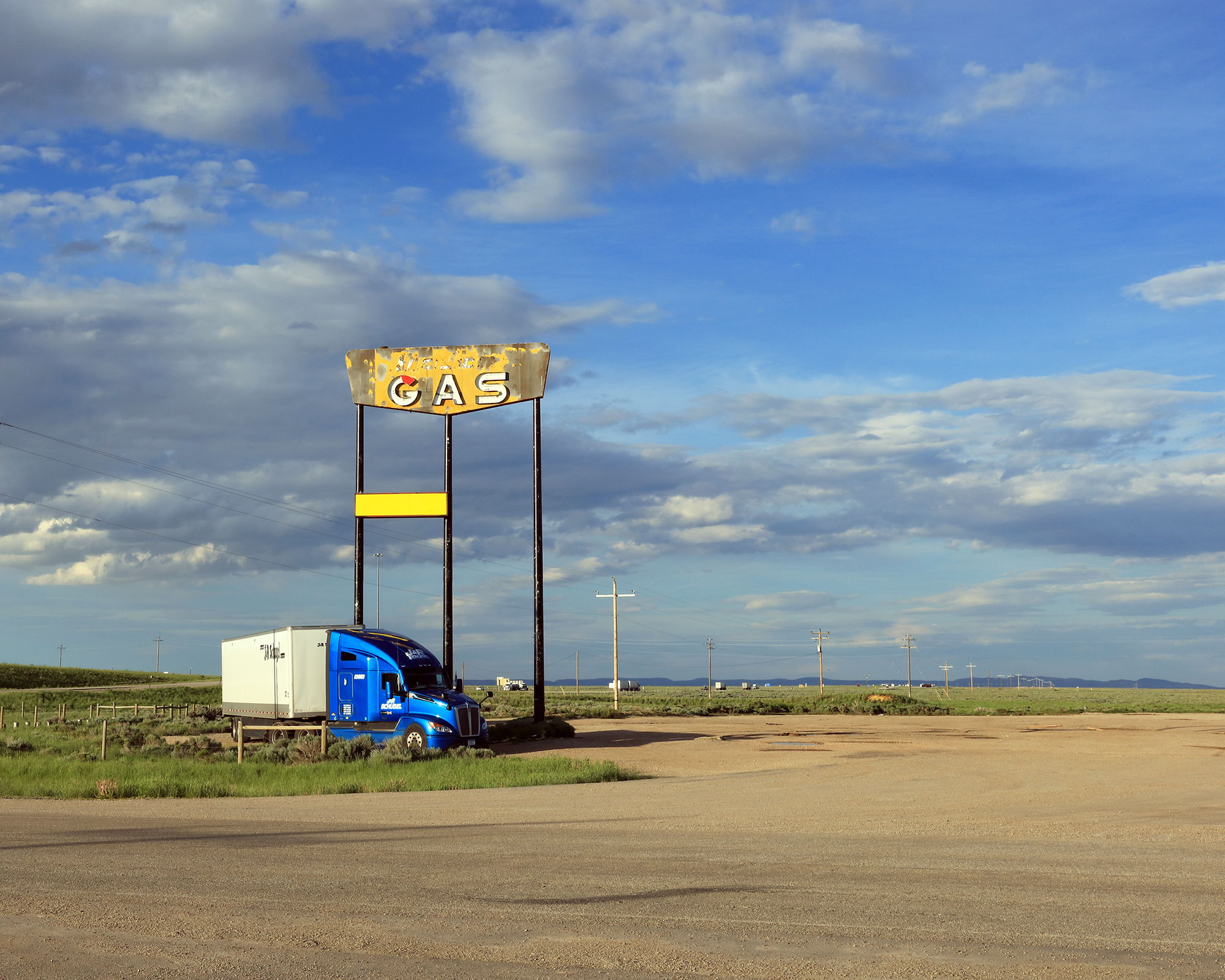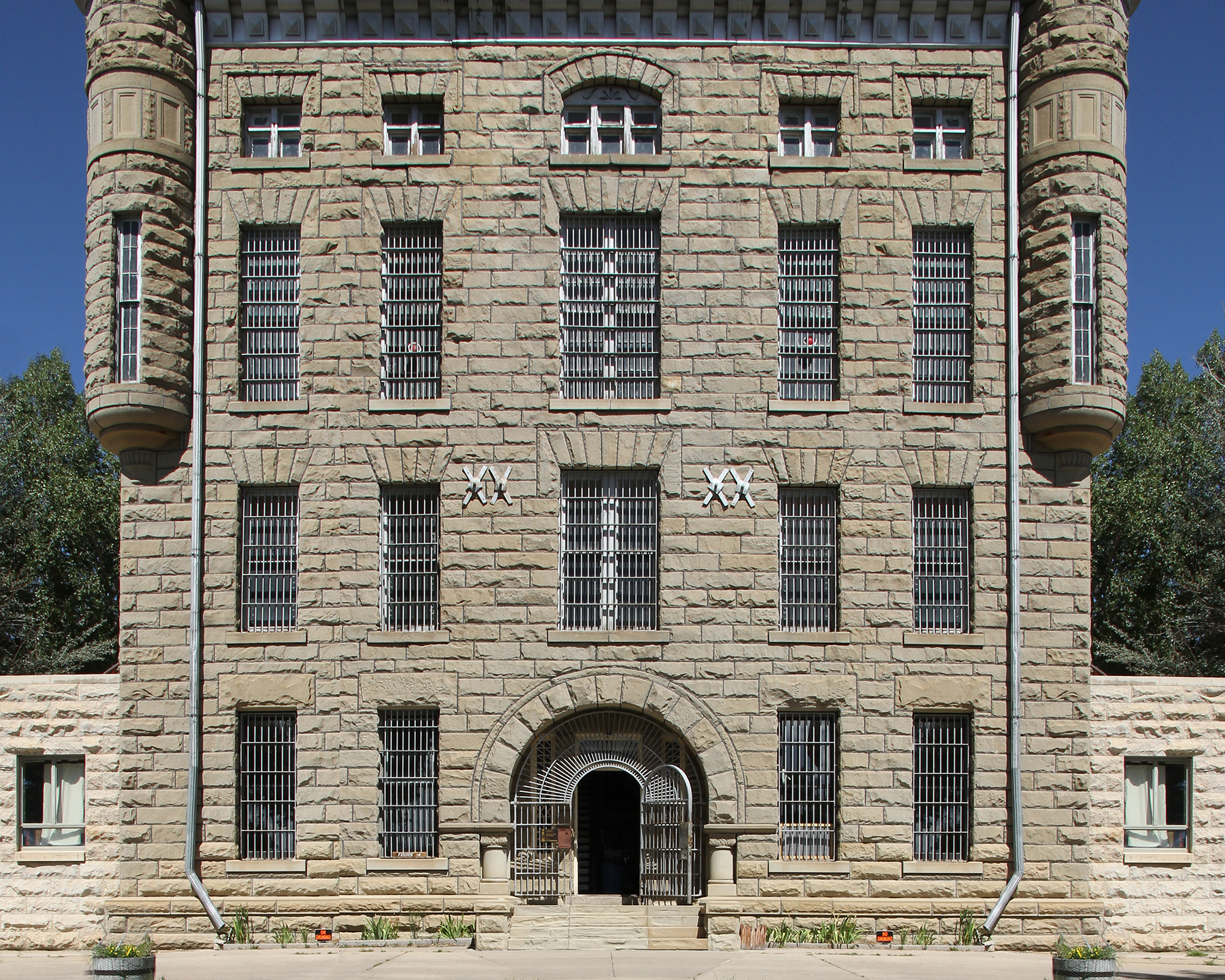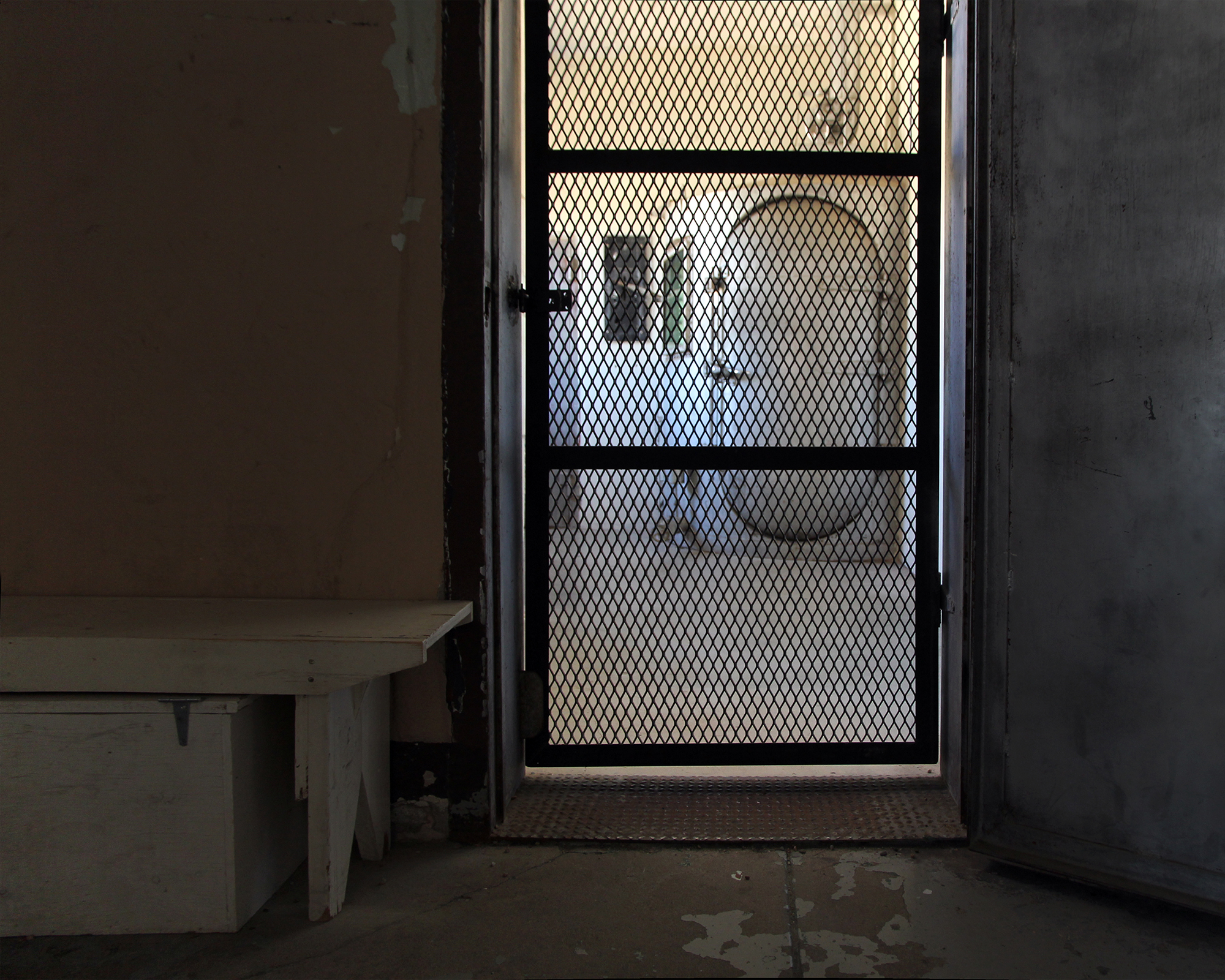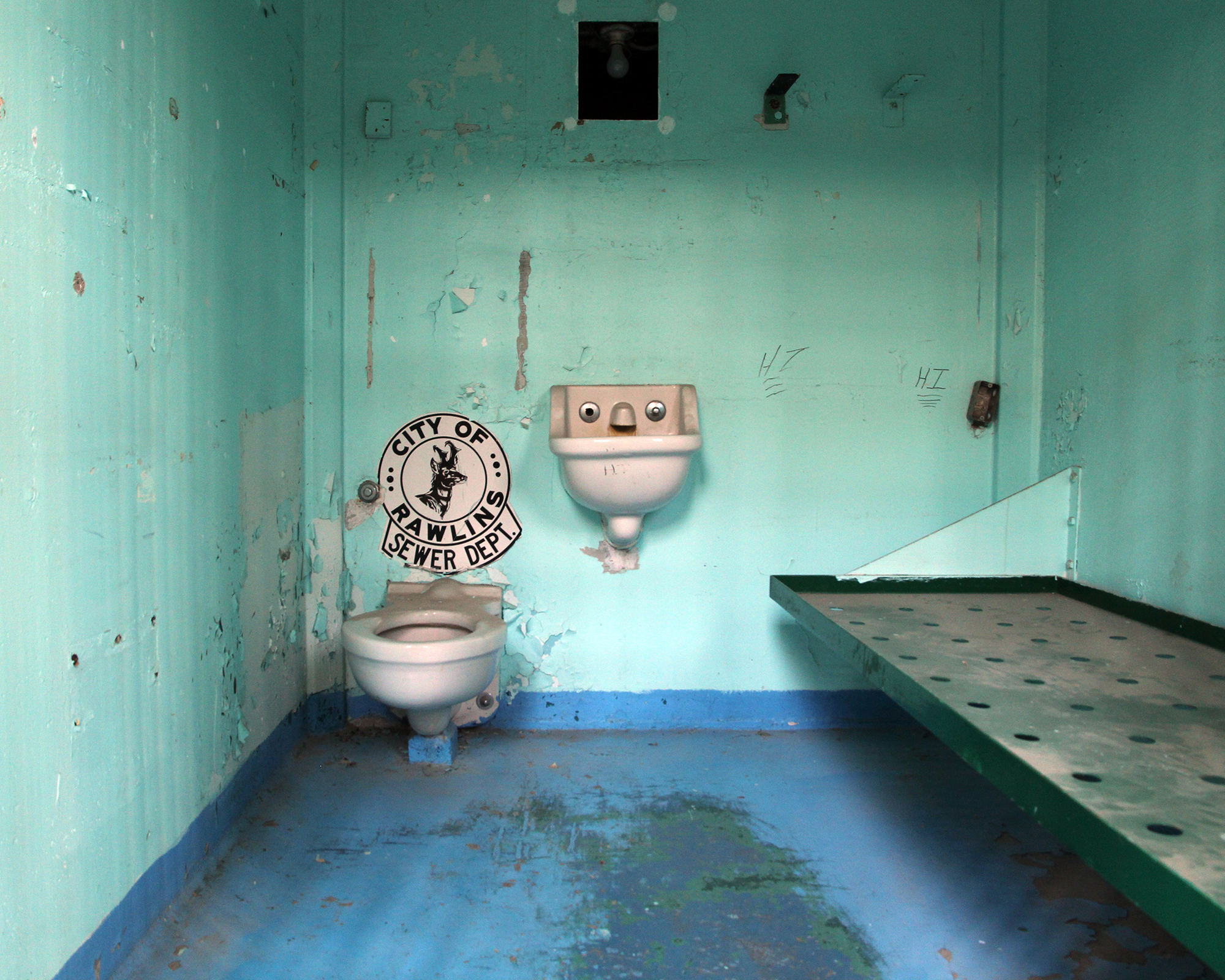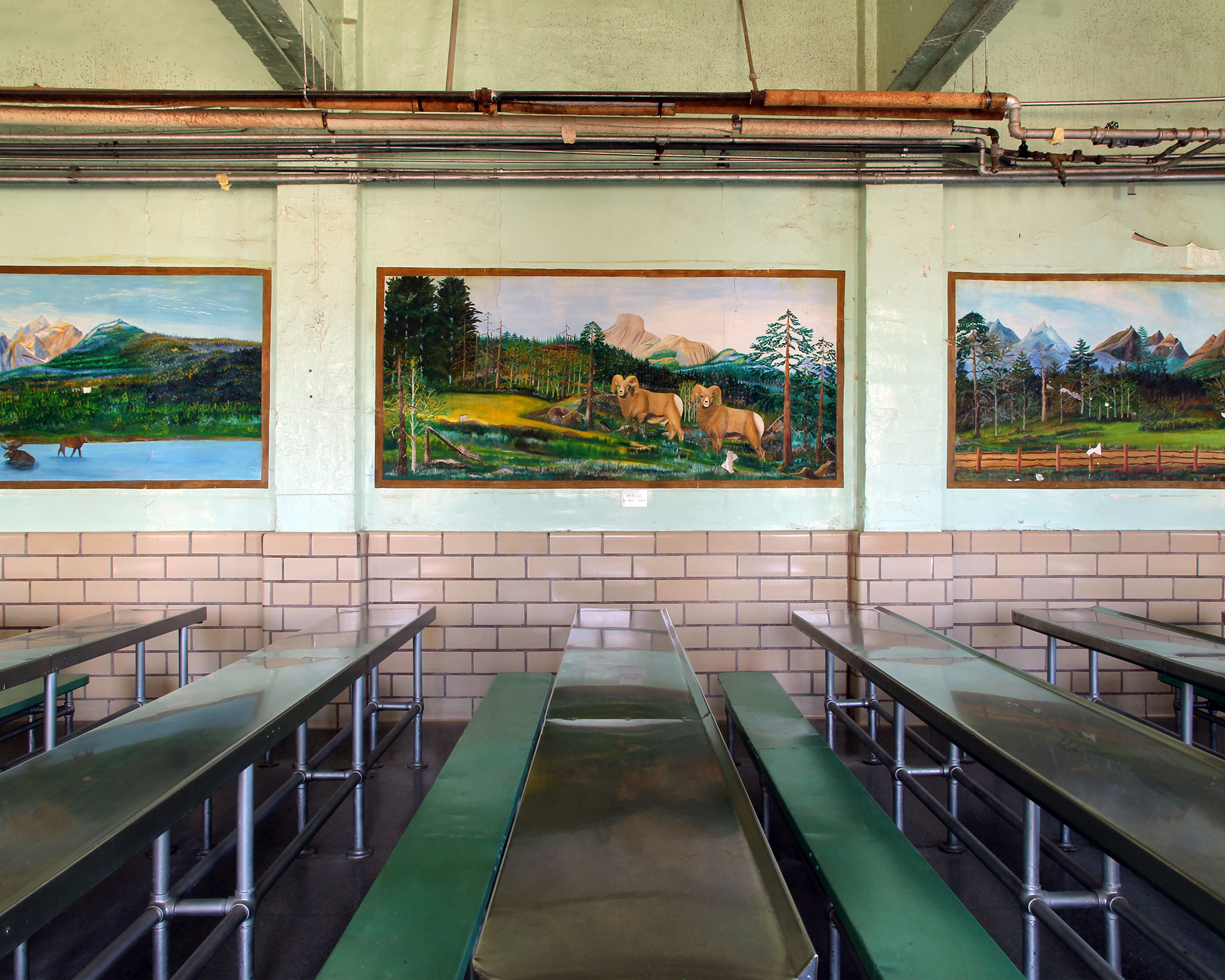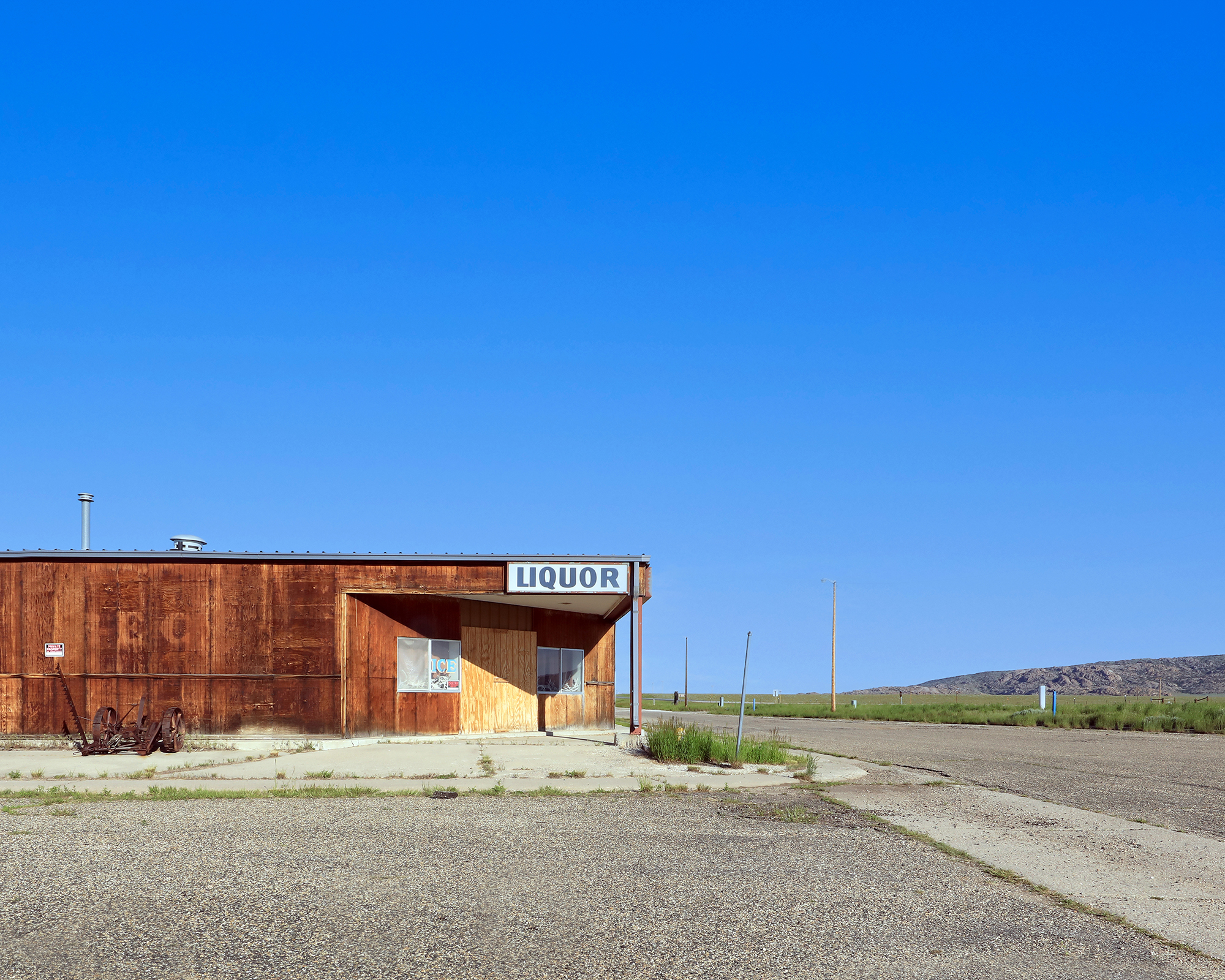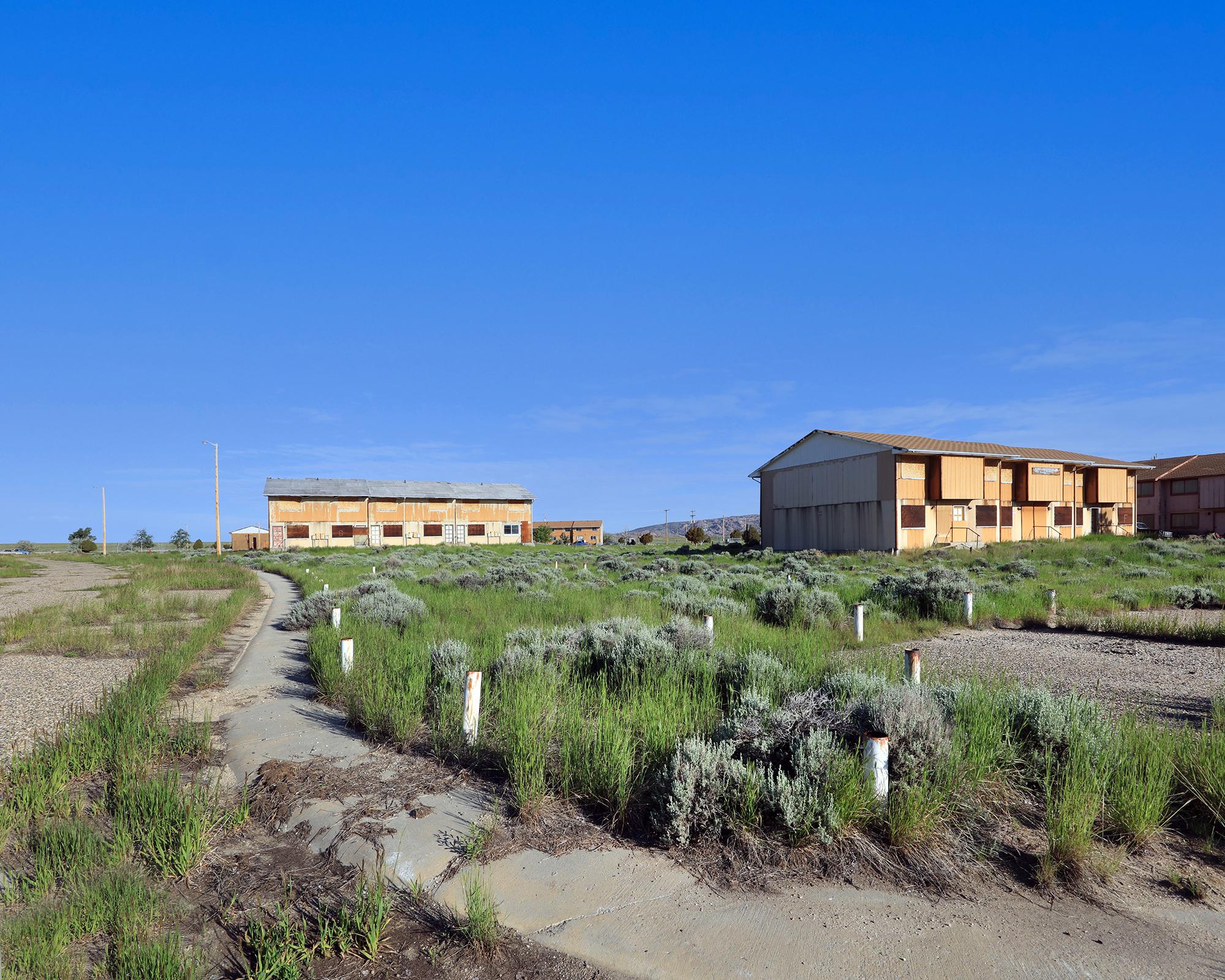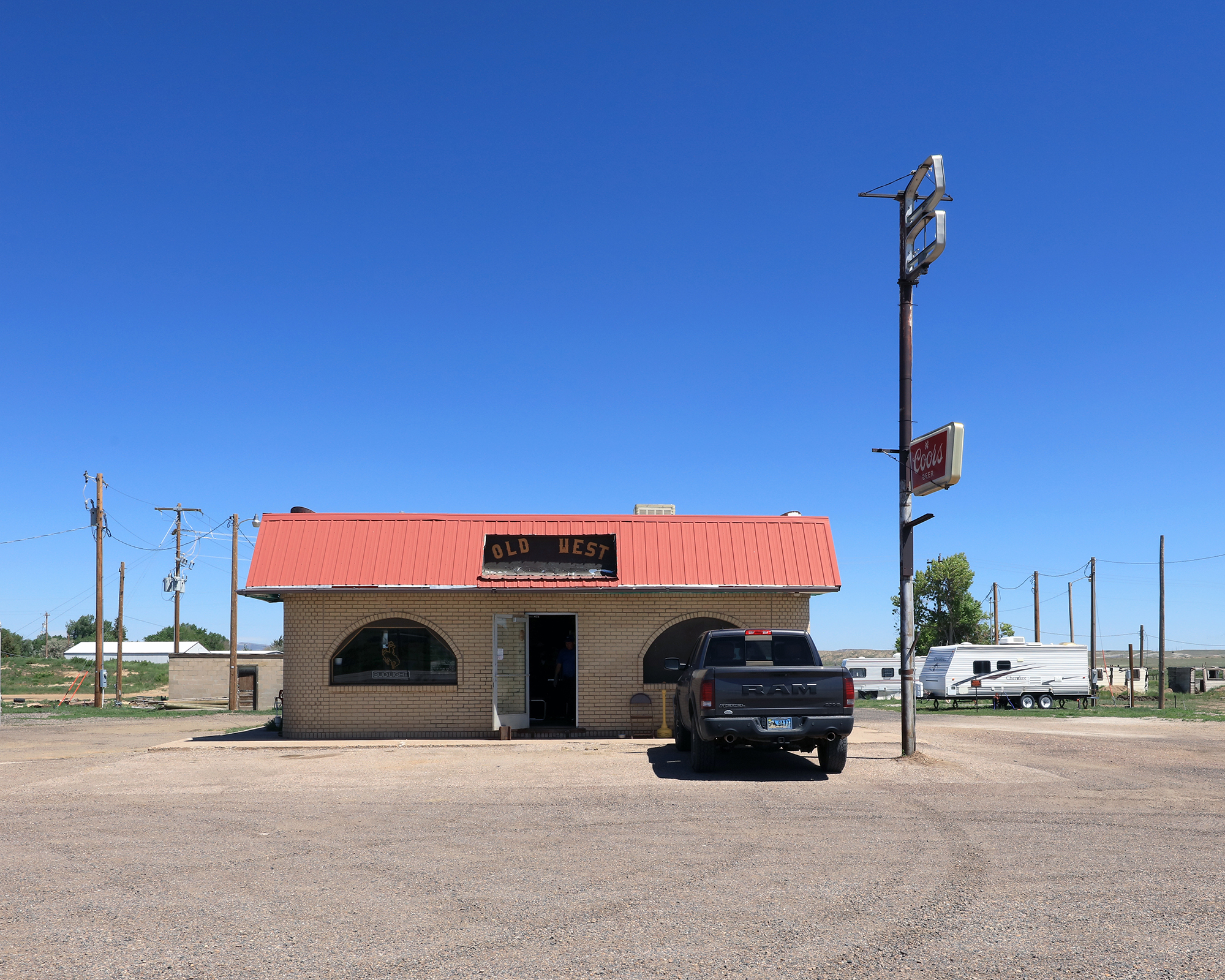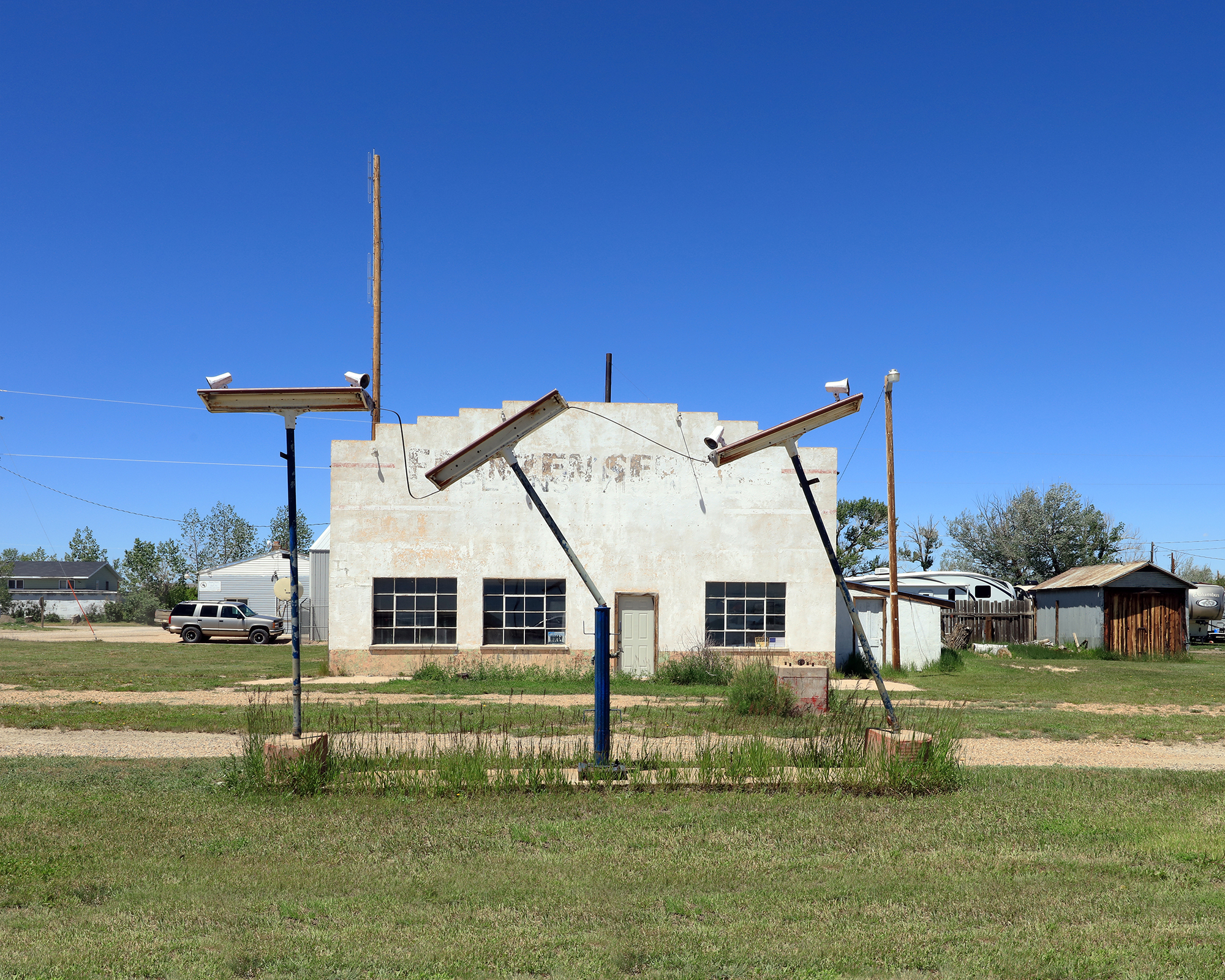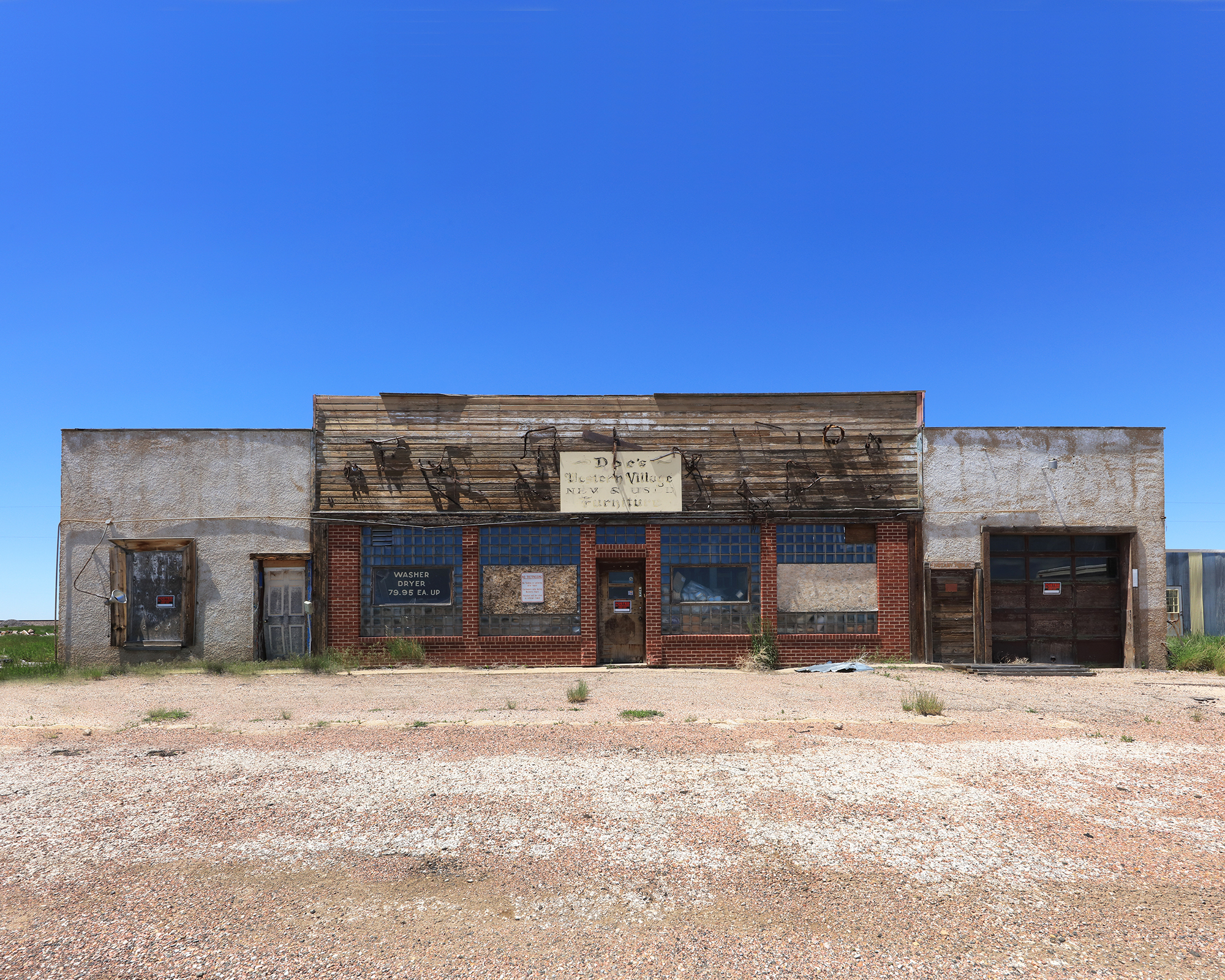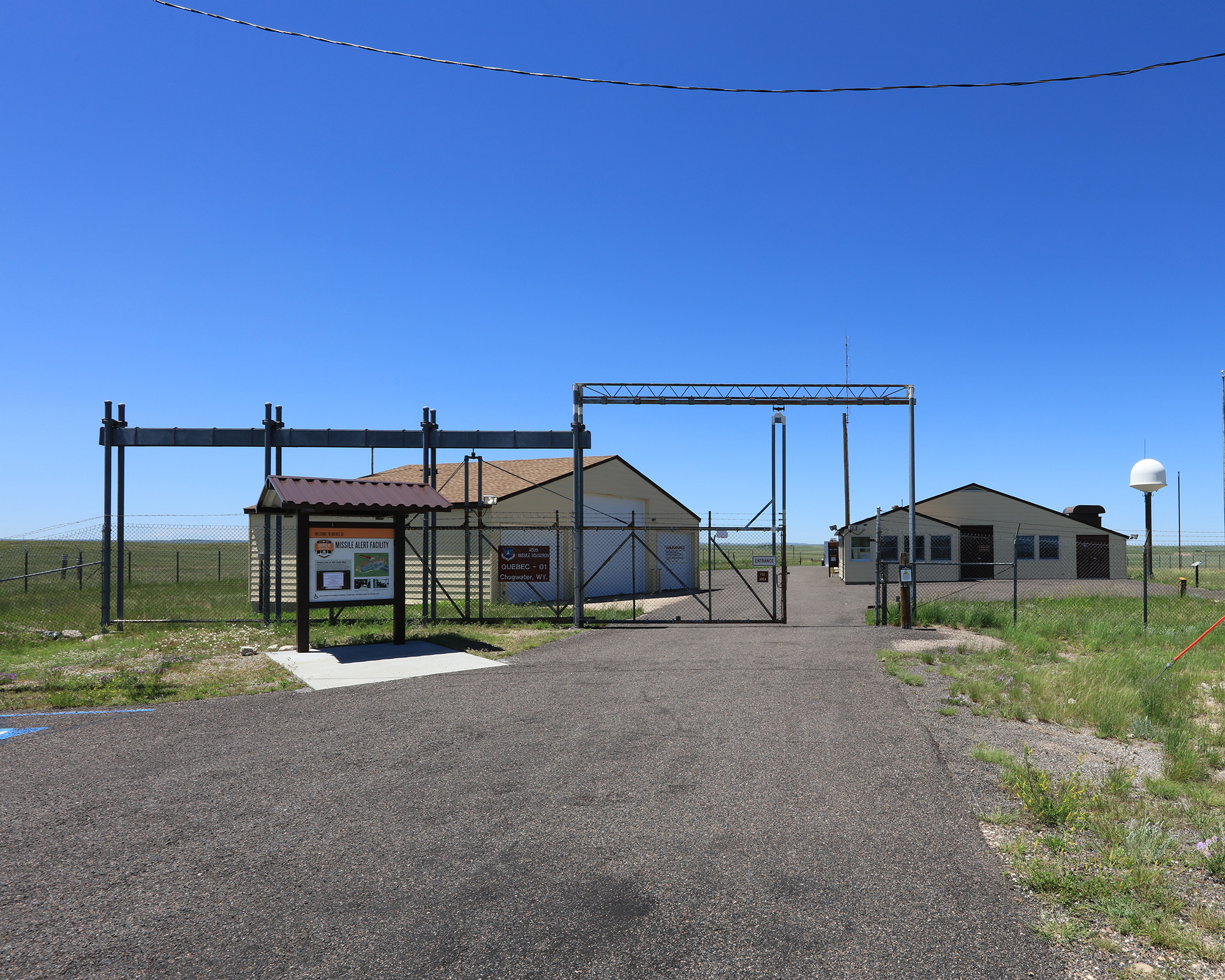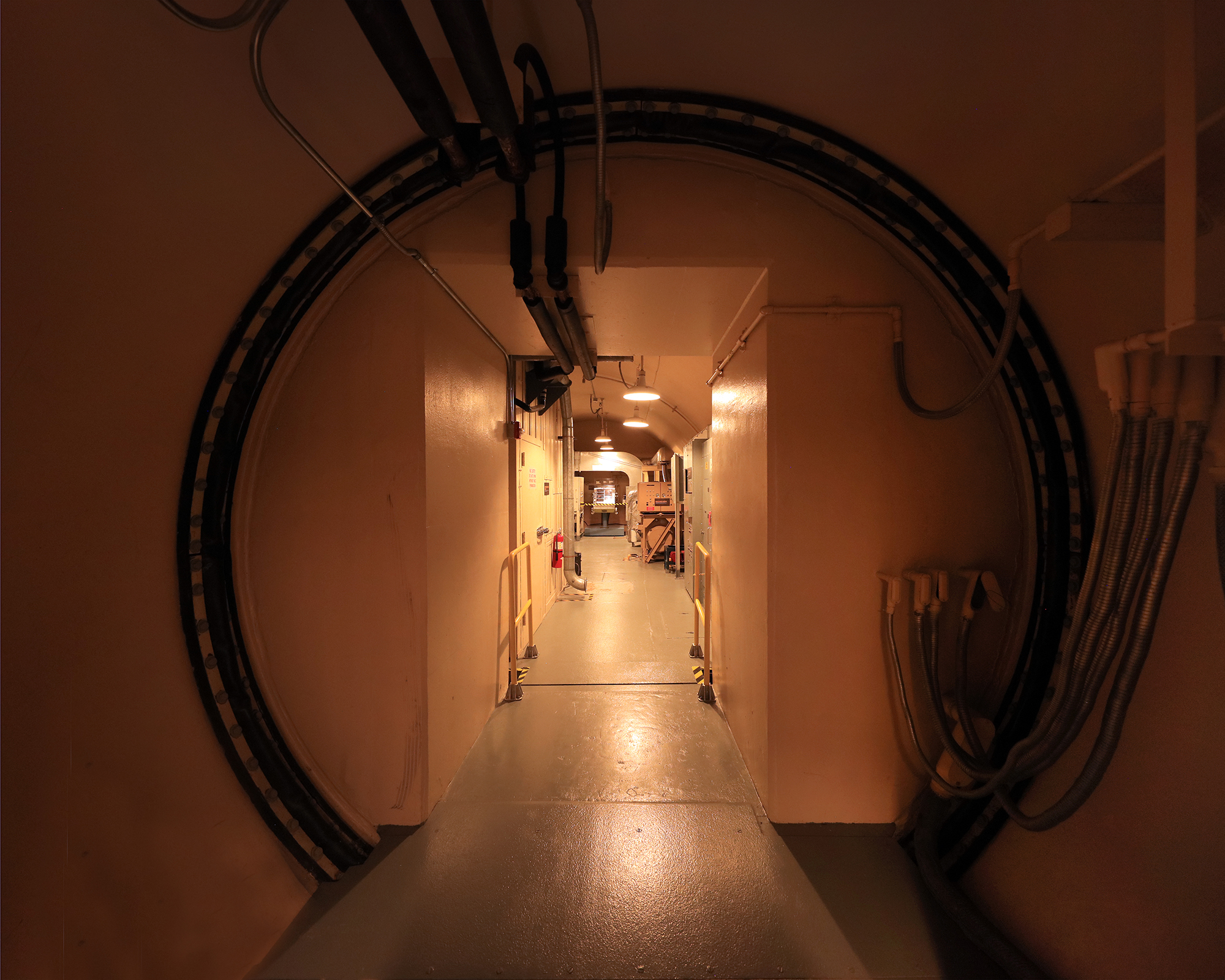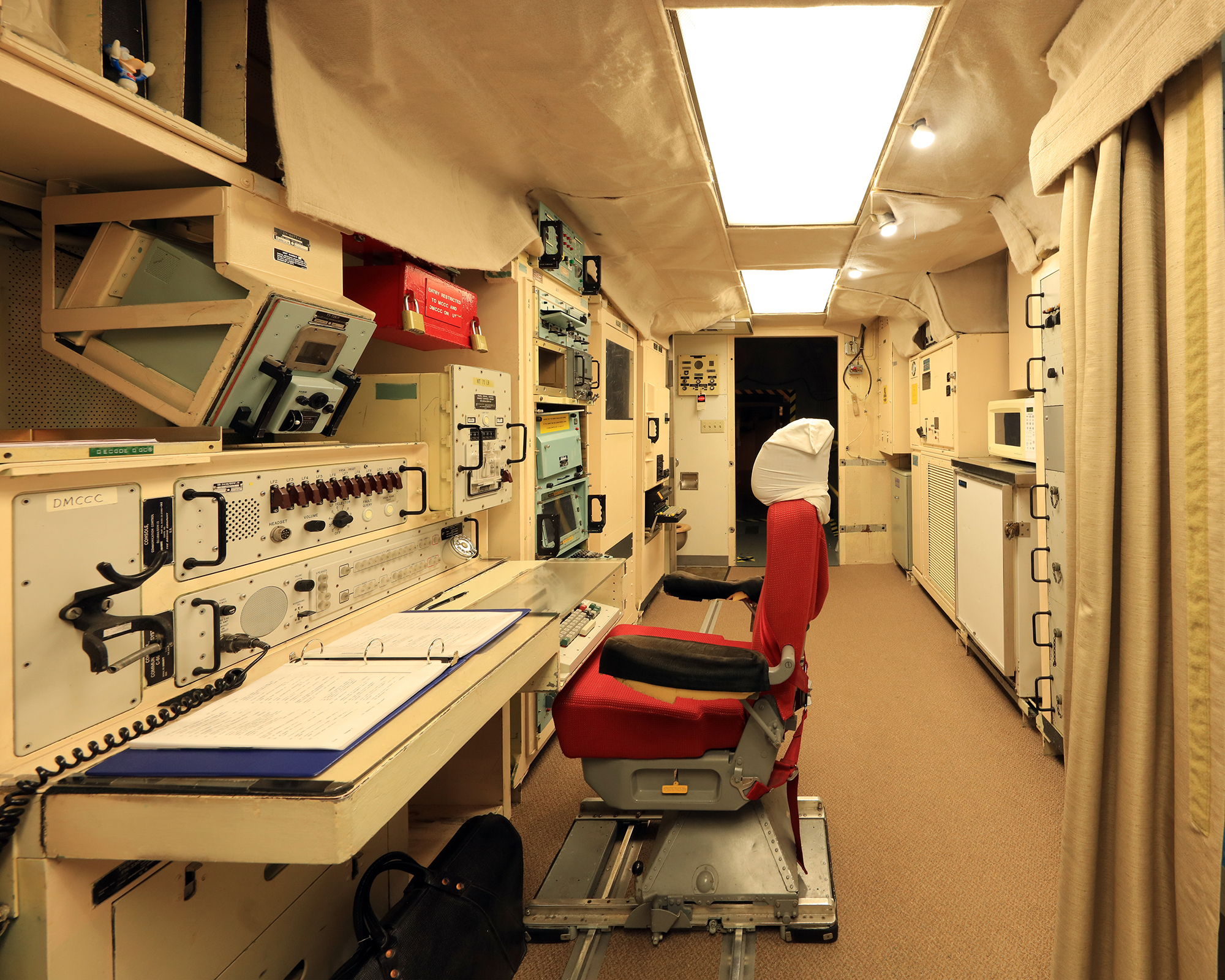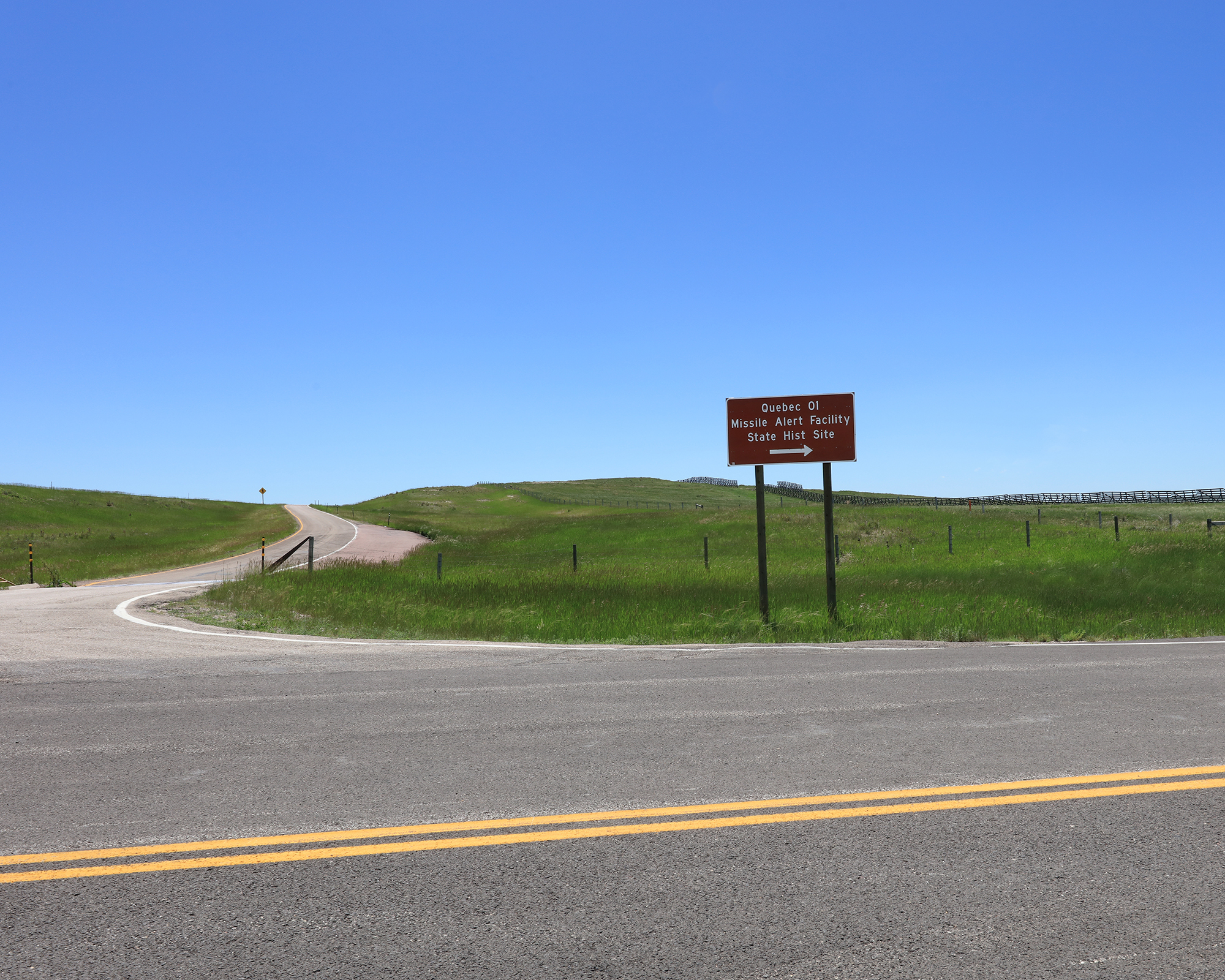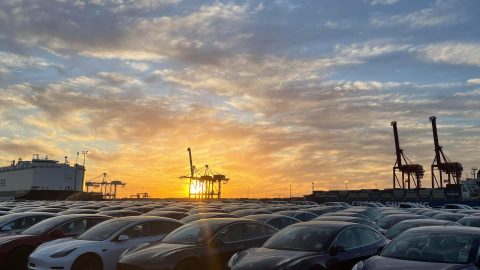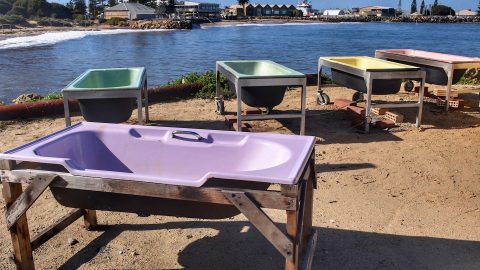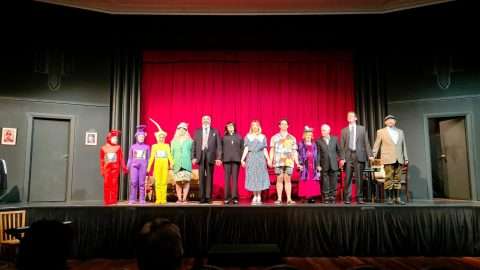People often cite Texas as the epitome of the wild west and if you take its politics and approach to abortion, guns, and LGBTQIA+ rights in consideration, well, I guess they’ve got a point. But if it’s that by-gone American western charm you’re seeking, for me, Wyoming wins hands-down. And it doesn’t hurt that Wyoming also prides itself on being the ‘Equality State.’ For many, a visit to Wyoming is typically entails a trip through Grand Teton National Park with a layover in Jackson on the way to Yellowstone. To truly experience Wyoming in all its austere magnificence, you really need to head east.
It’s been four years since I last returned home to the United States and I couldn’t set foot on American soil without soaking up a little of that Wyoming charisma. So, after flying into LAX from Perth via Manilla, I jumped on a JetBlue flight to Salt Lake City where I picked up a rental car and headed for Wyoming. There was of course an ulterior motive to the visit as the state has a rich tradition of uranium mining and incarceration – both subjects of my current photographic scrutiny. That’s also why I stopped by Colorado on the way – to visit the site of Project Rulison, a 40-kiloton underground nuclear test that was part of Operation Plowshare that explored ‘peaceful’ uses of nuclear explosions.

Project Rulison Site, Colorado. Credit Brett Leigh Dicks
Rulison resides on the side of a mountain in the western Rockies, approximately 10 miles southeast of Parachute. The device was detonated on September 10, 1969, at a depth of approximately 8,400 ft (2,600 m) below the ground surface with the aim of determining whether natural gas could be readily liberated from the underground strata. While the test succeeded in freeing large quantities of natural gas, the resulting radioactivity contaminated the sample rendering it unsuitable for residential application.
From Rulison I headed north to Interstate 80 which delivered me to Rawlins. There’s something intoxicating about driving into Wyoming. The state has that ‘big sky’ feel of Montana coupled with the undulating vastness of Texas. And there truly is a sense of frontier to the cities and towns.
With a population of a little over 8,000, calling Rawlins a city doesn’t quite sit right. Founded as a fort, the township took hold in the late 19th century when the Union Pacific railroad came through turning the community into a transportation center for Northern Colorado and central Wyoming. A few years later the Wyoming State Penitentiary was established there, which subsequently served the state for nine decades. Traverse Business Route 30 through Rawlins and you get a glimpse of what the town was like in its heyday. The procession of shuttered motels and gas stations (the result of the interstate system taking trade away from the highways) eventually give way to an ornate and lively downtown.
An hour north of Rawlins, on Highway 287, sits Jeffrey City. Containing the US’s largest uranium reserves, Wyoming was well placed to capitalize upon the 1950s boom in uranium mining. In 1957 the Western Nuclear Corporation mining firm opened a uranium mine in Fremont County to take advantage of the rising Cold War demand. Western Nuclear designed and financed a company town for the thousands of workers and families that streamed into the area. When the Three Mile Island accident caused the uranium market to collapse in late 1970s/early 1980s the City mine closed and within three years over 95% of its 5000 inhabitants relocated elsewhere. Now with a population of just 24, Jeffery City is an example of a boom town that quickly became a ghost town.
Another relic Cold War relic can be found a little further east, near the town of Chugwater. The trip across from Jeffrey City takes you through Medicine Bow and Rock River. Medicine Bow largely owes its existence to the first transcontinental railroad which came through in 1869. As such, the town was plagued by crime with Butch Cassidy and his Wild Bunch enacting the famed Wilcox Train Robbery only a few miles away and making off with an estimated US$36,000. A little further down the road, Rock River was founded in 1898 when the Union Pacific Railroad established its line. A nearby oil boom created a surge in population for the town and with it came new business and buildings including the First National Bank of Rock River.
The Quebec-One Missile Alert Facility was a United States Air Force ICBM launch control facility operated by the Wyoming-based 400th Missile Squadron. Constructed in 1962, the facility served as a launch control for ten nuclear-armed silo-based missiles scattered around the surrounding countryside. Initially established as a control center for Minuteman ICBMs, in 1986 the facility was converted to launch Peacekeeper ICBMs. It was deactivated in 2005 to meet the Strategic Offensive Reductions Treaty limits on operationally deployed warheads and the Strategic Arms Reduction Treaty II restrictions on having multiple warheads per missile.
Around 30 miles south of Chugwater sits the Wyoming State Capital, Cheyenne. Founded in 1867, the city was named for the indigenous people of the Great Plains and is considered the nation’s rodeo and railroad capital while being home to a variety of mansions, museums, and historic hotels.
When it comes to the latter, you can’t go past The Albany. Built in 1905 by Charles Becker, the building was originally The Hotel Becker before changing ownership and being renamed The Hotel Albany. Overlooking the city’s historic train depot, The Albany’s main dining room features the original 1942 Philippine mahogany booths. Another Cheyenne must-visit is The Wrangler western wear store. The three story red-painted brick building dominates a corner of Capitol Avenue and offers over 13,000 square feet of ranch wear and western clothing, hats, boots and accessories, including diamond-studded Stetsons to hardy old pairs of Wranglers.
* By Brett Leigh Dicks, a Fremantle-based, Australian/American photographer and writer.
** Don’t miss our earlier Fine Photography podcast with Brett Leigh Dicks right here.
WHILE YOU’RE HERE –
PLEASE HELP US TO GROW FREMANTLE SHIPPING NEWS
FSN is a reader-supported, volunteer-assisted online magazine all about Fremantle. Thanks for helping to keep FSN keeping on!
** Don’t forget to SUBSCRIBE to receive your free copy of The Weekly Edition of the Shipping News each Friday!
